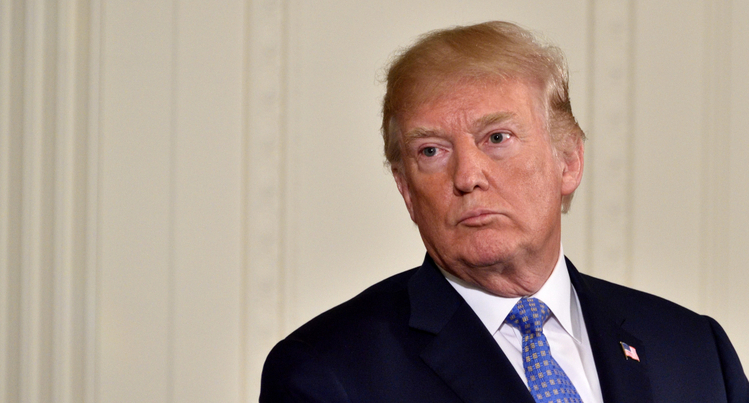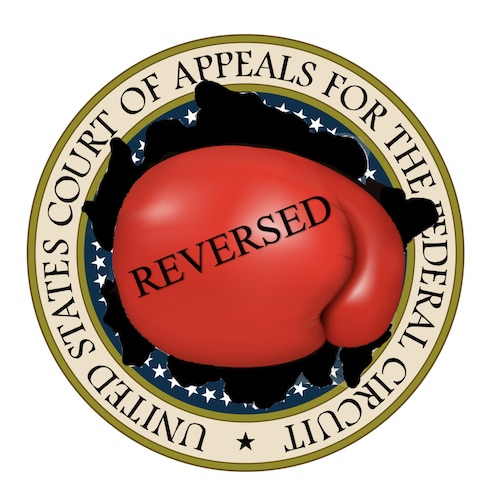Law School Amici Urge SCOTUS to Grant Kroger Petition on Trademark Confusion and Resolve Circuit Conflict
“With the dramatic increase in the importance of intellectual property in the last decade, and given the nationalization of most markets brought on by internet sales, it is important that there be a single national standard.” – Law School Academics’ Amicus Brief
Three law school faculty and students filed an amicus brief earlier this week urging the U.S. Supreme Court to reverse a trademark decision of the U.S. Court of Appeals for the Seventh Circuit regarding the legal standard for trademark confusion. The brief asks the Court to “end the contradiction and confusion” around the different approaches taken to the likelihood of confusion analysis by federal courts.
SCOTUS Petition
Relish Labs LLC and the Kroger Company (who own the “Home Chef” brand and mark) petitioned the Court last month, asking the Justices to review a Seventh Circuit decision that held Home Chef had not proven consumers were likely to confuse their marks with Grubhub and Takeaway.com’s logo.
GrubHub/Takeaway.com mark
In its opinion, the Seventh Circuit reviewed the district court’s judgment for clear error, but addressed one of the likelihood of confusion factors de novo, and concluded overall that it could not say the court clearly erred in its reasoning. Kroger’s petition argued that the district court failed to provide a full analysis of the seven likelihood of confusion factors under Helene Curtis Industries v. Church & Dwight Co., 560 F.2d 1325, 1330 (7th Cir. 1977), addressing only three and relegating the rest to a footnote. The Seventh Circuit then found the district court erred in its analysis of the final factor, intent, but de novo analyzed the “strength of the mark” factor, although the district court had not considered it and the parties had not briefed on it. These differing standards are creating confusion and uncertainty for trademark owners, the petition argued.
The petition also cited an empirical analysis of 331 trademark decisions (287 dispositive) from 2006 that concluded “judges employ fast and frugal heuristics to short circuit the multifactor test.” This lack of analysis leads to inconsistency. “Judges assessing consumer confusion from the bench should not stampede over factors which are not even considered,” said the petition.
Furthermore, there is a clear circuit split as to the legal standard used for review of likelihood of confusion cases, the petition added. The Second Circuit and the Federal Circuit review each factor’s analysis and the overall finding of confusion de novo; the Sixth Circuit reviews each factor’s analysis under the clearly erroneous standard, but the ultimate finding of a likelihood of confusion de novo; the Fourth, Seventh, and Ninth Circuits review the analysis of each factor and the ultimate finding under a clearly erroneous standard of review; and the First, Third, Fifth, Eighth, Tenth, and Eleventh Circuits use the clearly erroneous standard, but analyze the underlying legal principles de novo.
Amicus Argument
While the amicus brief filed this week by Max Stul Oppenheimer, Vishwa Ross and Logan Thigpen supports neither party, it suggests reversal in order to resolve a circuit conflict on the fundamental issue of “who, fact-finder or judge,” makes the likelihood of confusion determination. The brief explains why this case is a good vehicle for resolving a longstanding split among circuits:
“[T]he Seventh Circuit in this case applied a “clearly erroneous” standard of review as, apparently, would the Fourth Circuit. The Second Circuit reviews determinations of likelihood of confusion de novo. The Federal Circuit considers likelihood of confusion a legal question, reviewed de novo, but reviews the underlying factual findings for substantial evidence….
The pending case poses the problem dramatically – with the same case being controlled by both (inconsistent) standards, illustrating the general confusion that makes planning (and teaching) in the area difficult. With the dramatic increase in the importance of intellectual property in the last decade, and given the nationalization of most markets brought on by internet sales, it is important that there be a single national standard. Only this Court can provide that standard.”
The amici urged the Court to adopt the “deference standard, allocating the decision to the trier of fact.” Since likelihood of confusion ultimately comes down to whether an ordinary consumer would be confused, judges do not need to make the determination, unlike in patent law, said the brief. “That decision is well within the competence of lay jurors,” explained the amici, noting that the Court has held as much with respect to a different area of trademark law, namely, tacking. In Hana Financial, Inc. v. Hana Bank, the Supreme Court said that “[b]ecause the tacking inquiry operates from the perspective of an ordinary purchaser or consumer, we hold that a jury should make this determination.”
Ultimately, said the brief, the High Court must intervene to clarify the “multiple interpretations of the same federal law among independent courts…of final jurisdiction” and grant the petition to “end the contradiction and confusion.”
Eileen McDermott
Eileen McDermott is the Editor-in-Chief of IPWatchdog.com. Eileen is a veteran IP and legal journalist, and no stranger to the intellectual property world, having held editorial and managerial positions at […see more]








